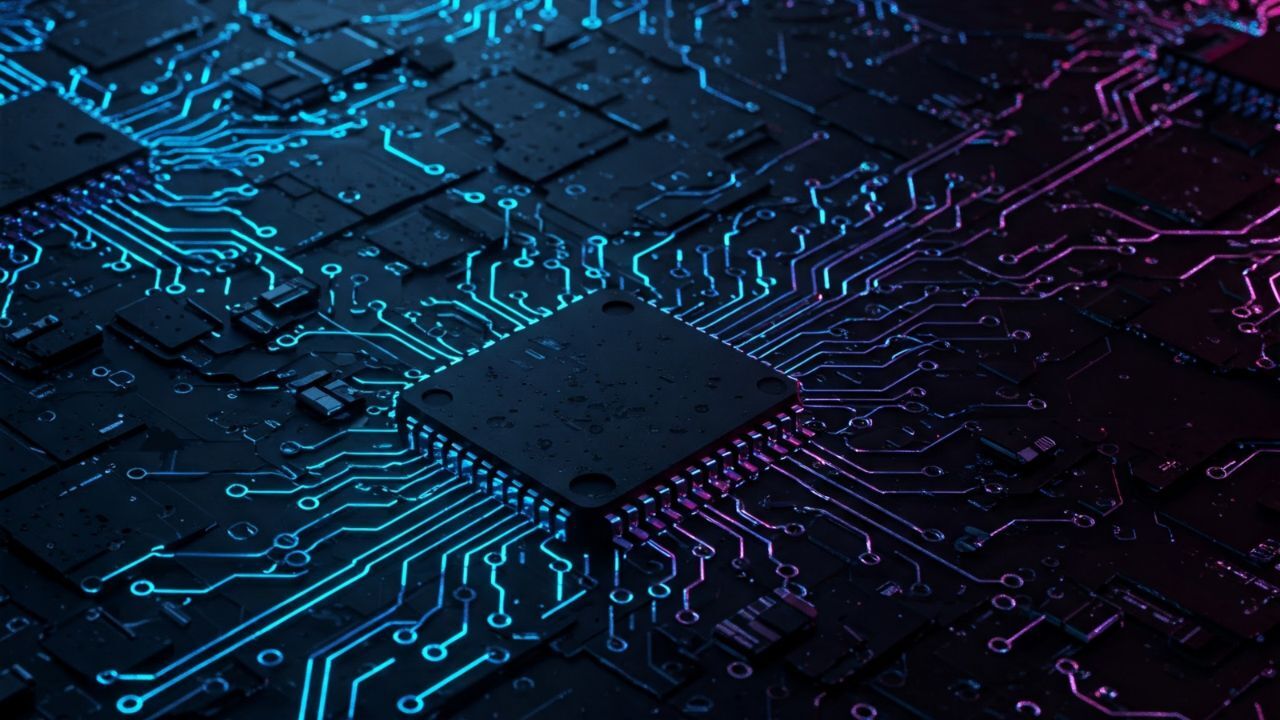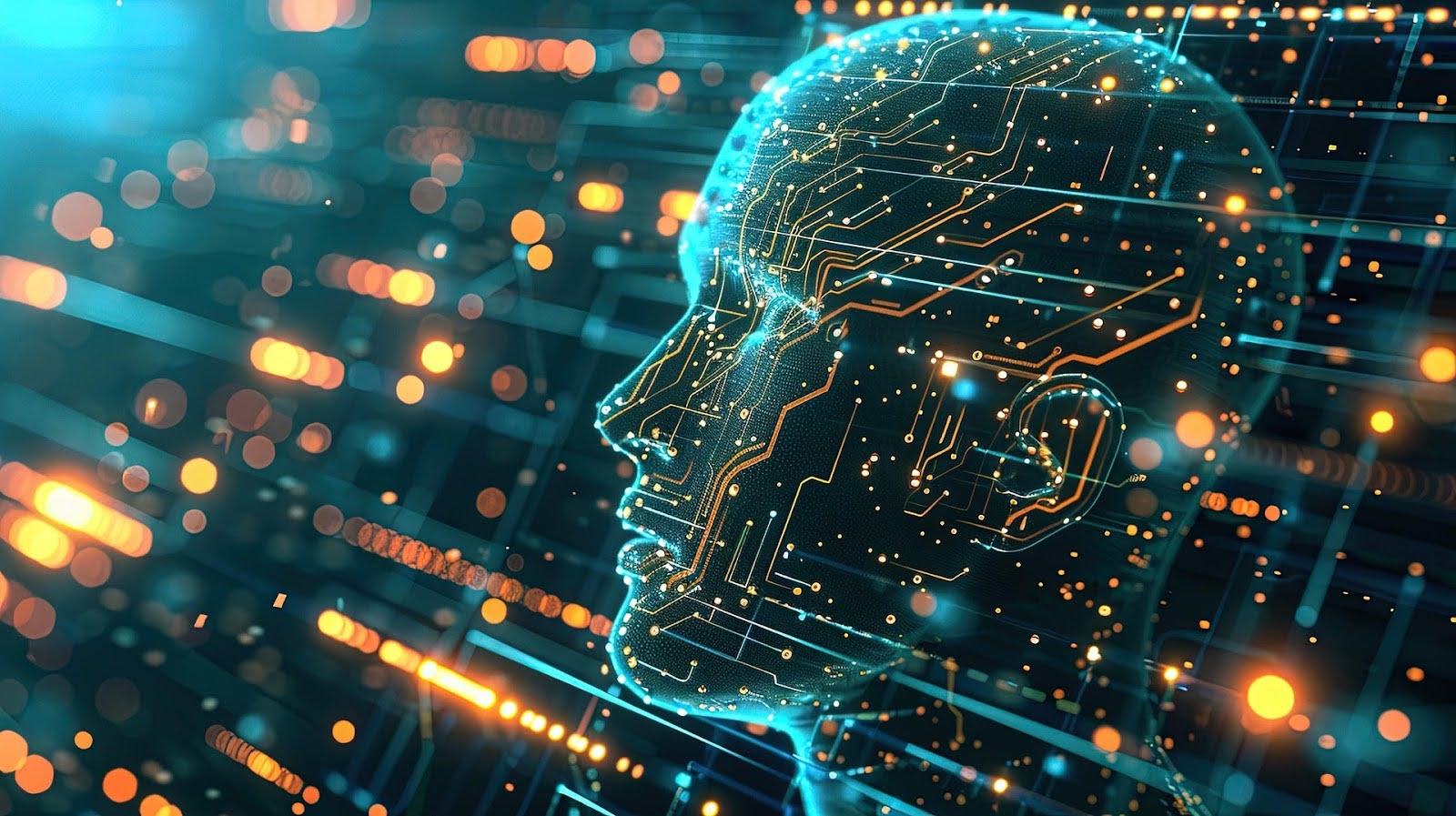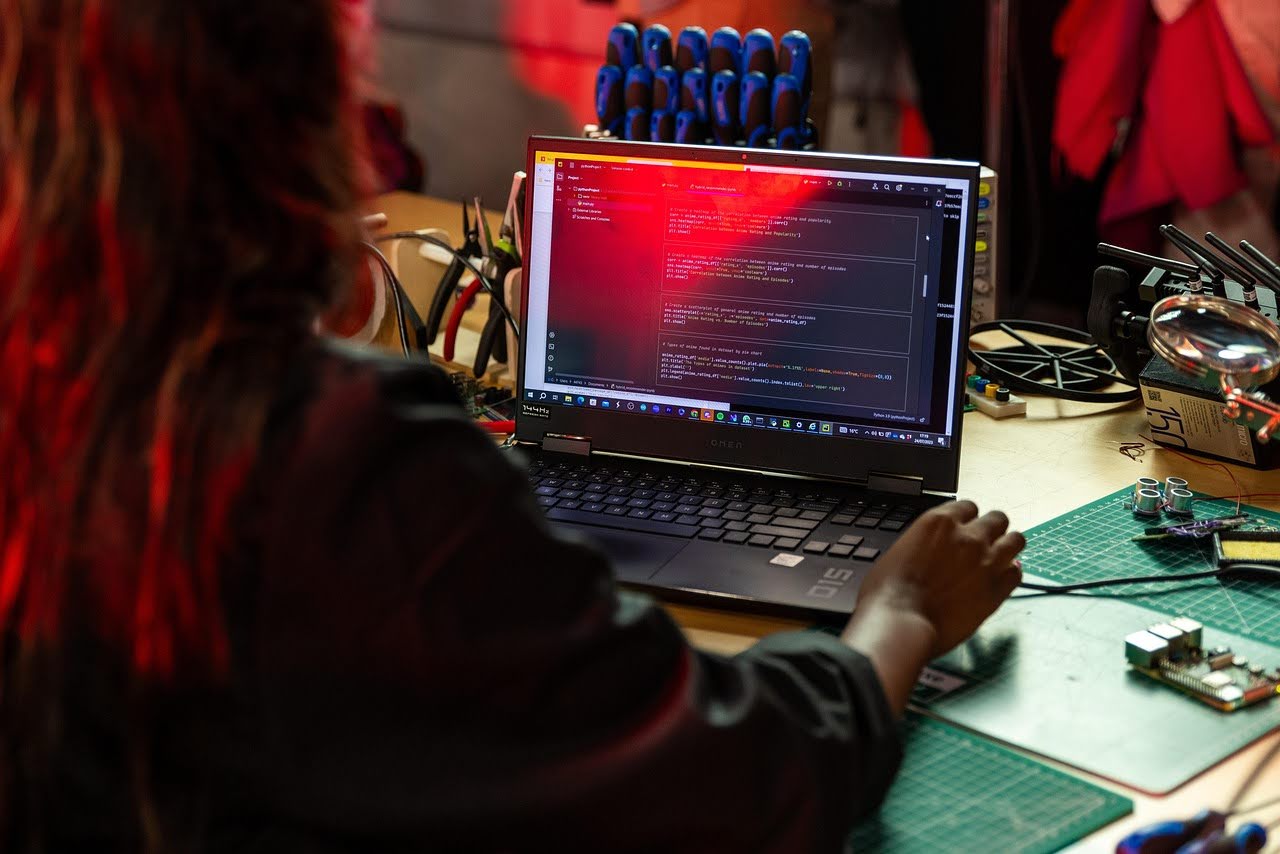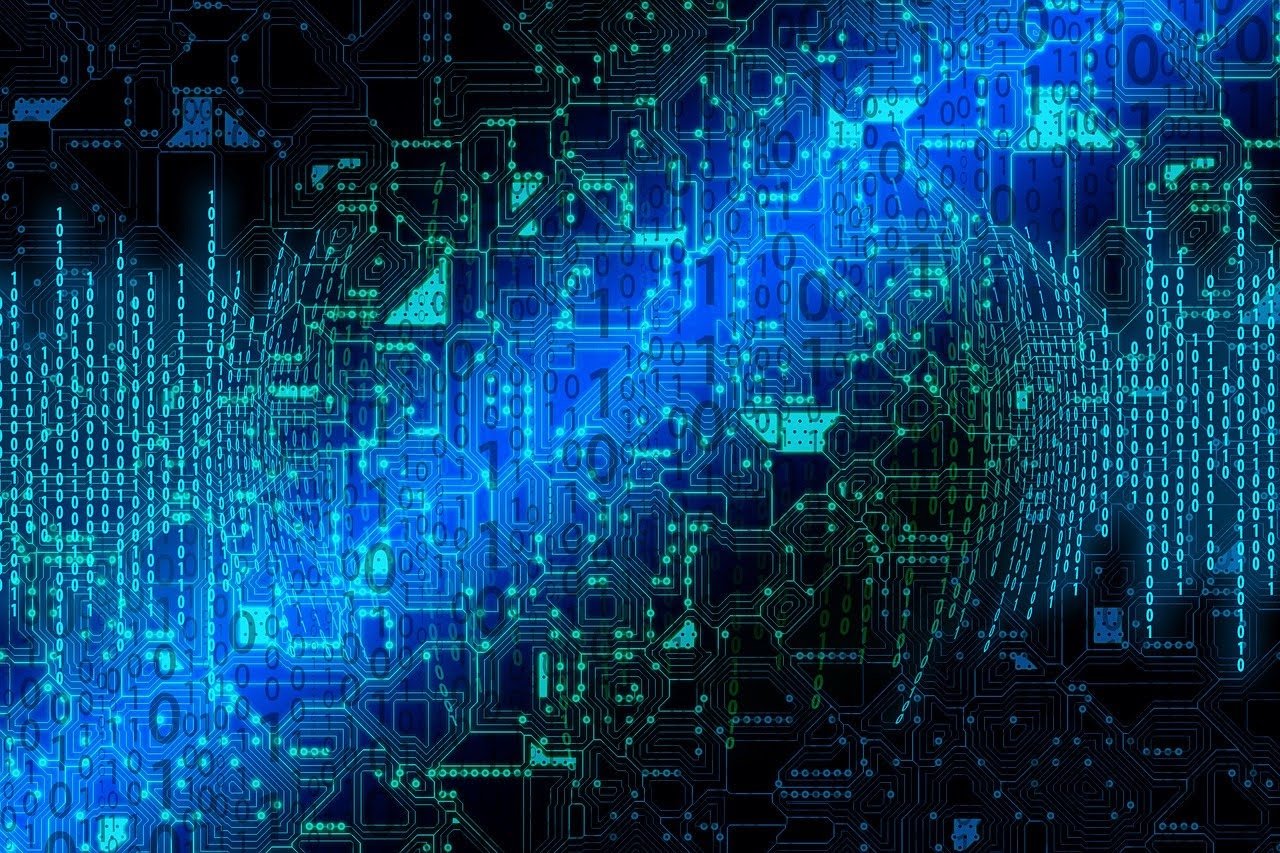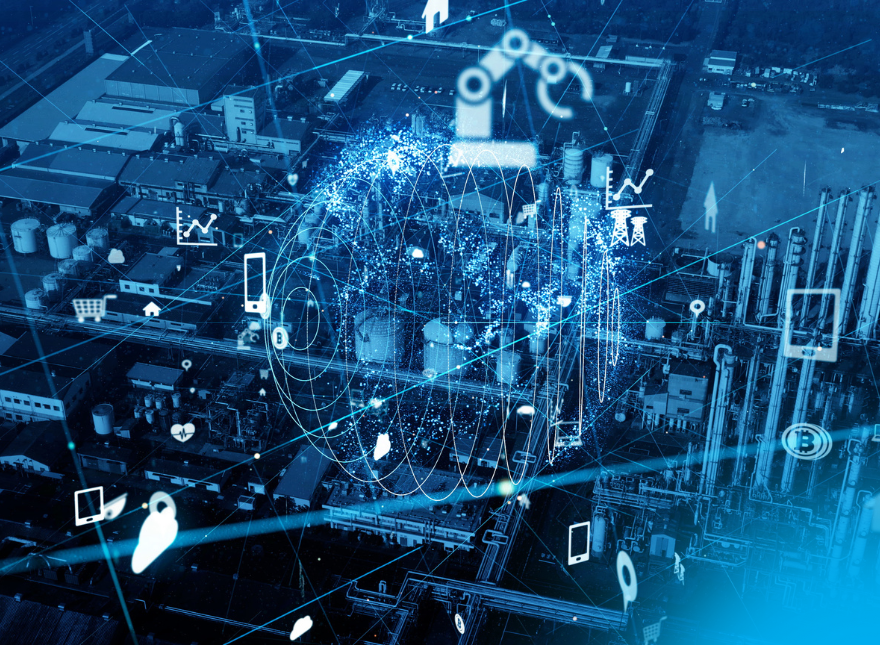Check out our latest blog article: From component to enterprise – modular robotics done right.
5 Internet of Things Latest Trends to Watch in 2022

Last year, I talked about the most interesting products at CES 2021. These included COVID-19 infection detection tests, advanced TV sets, and devices running on new types of batteries and semiconductors. Everything revolved around health concerns and ways to better manage your time at home.
CES 2022 demonstrated something different. I saw products based on the ideas of inclusion, accessibility, and mobility. Projects are getting back on the trajectory outlined before the pandemic. I’m also seeing this in real-life projects—not just at CES.
Here are some ideas about what the future holds for IoT projects.
Trend 1: Monitoring Becomes a Go-to Solution for Any Project
The pandemic has made businesses calculate their expenses more effectively. Monitoring solutions help track their operations and detect imbalances.
Modern monitoring devices are small and cheap. They run for long periods and consume little electricity. They are also affordable for everyone. Both a Fortune 500 company and a small private business can use today’s low-power electronics. This way, each gets a monitoring solution for their very particular issue.
Real-Life Example
Here’s my favorite example from among those I’ve seen recently. It illustrates that monitoring is getting more and more affordable. It also provides a great example of IoT in agriculture and how technologies make it smarter.
Noel Griffin and David Power are two farmers from Cappoquin, a small town in Ireland. They invested in sexed semen and wanted to use it on their cows and get higher conception rates. The farmers needed a monitoring solution to better utilize this hard-to-manage resource, and they found it.
The monitoring system applies AI algorithms to detect heat. As a result, the farmers know the best time to inseminate cows. Noel and David achieved a 66% conception rate on cows. They removed the guesswork and got a high ROI right from the start.
Trend 2: In-Person Consultations Return Backed up by Telemedicine
McKinsey estimates that in post-COVID-19 reality, telemedicine will be a $250 billion dollar worthy industry. Certain tools will stay with us, like remote patient monitoring, video consultations, or digital transmission of medical imaging. We’ve grown too used to the convenience of virtual medical services.
Traditional, in-person communication with a doctor is coming back too. But it’s changed so much. COVID-19 gave an unequivocal boost to further integration of smart technologies in healthcare. In 2022, we’ll see a mixed approach to healthcare service delivery. Doctors will combine virtual checks and personal consultations. And healthcare institutions will focus on virtual-first health services.
Real-Life Example
The UC Davis Pediatric Telemedicine Program was among the first telemedicine programs in the US. Now it has launched a hybrid, nationwide program for asthma patients. Why hybrid? It mixes a number of things. Patients use connected devices to measure pulmonary function at home and they have regular online consultations with specialists. Doctors schedule regular offline check-ups, too.
Asthma is the most common health condition among young people in the United States. A combination of telemedicine and in-person care changes routine asthma treatment. Patients from anywhere get access to professional medical aid. What’s more, they get regular physical exams and measurements.
At the same time, in-person appointments are on the agenda as well. This keeps children with asthma more engaged in their medical consultations.
Trend 3: The Future of Industrial IoT Relies on Private 5G Networks
Today’s factories and traditional industries face more challenges than ever. Lack of preventive maintenance tools, time-consuming manual processes, and security on the factory floor are just a few of them. Advanced IoT solutions can do so much to help!
Unfortunately, certain deep-rooted problems hinder the further implementation of industrial IoT trends. Sensors collect huge amounts of data, but a low-latency network can hardly support its transfer. And let’s not forget about remote locations, like rural areas, mines, and oil rigs. People there may have no Internet access at all.
That’s why, in 2021, enterprises started turning to private 5G networks. In 2022, we’ll see more projects of this kind.
Real-Life Example
In Colombia, miners in the Andes mountains work in dangerous conditions. But payment rates are higher than average here, so mining remains popular among the poorest population. Lack of control and illicit digging in unsanctioned mines lead to high casualty rates. From 2005 to 2018, there were more than 1,200 emergencies in Colombian mines.
In 2021, Nokia and the AngloGold Ashanti Colombia mining company launched a joint private 5G network e-project. The network provides ultra-low latency for HD imagery from the site. Plus, it ensures ultra-wideband connectivity for real-time monitoring.
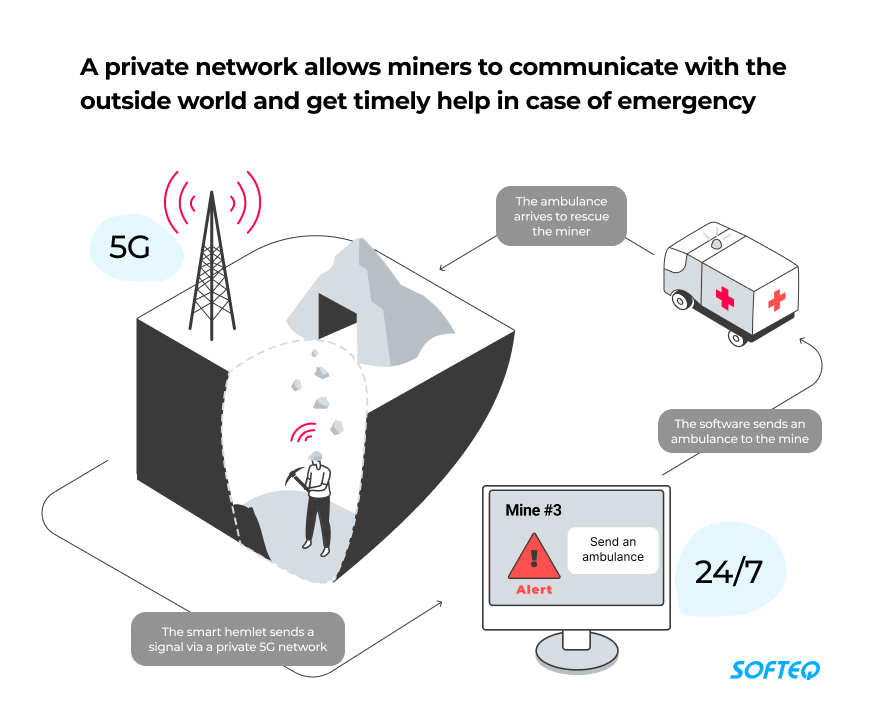
The IoT system doesn’t replace workers or make them redundant. Just the opposite. It makes their lives a priority and creates a safer working environment.
Trend 4: Smart Cities Are Closer Than We Thought
Flying taxis. Paramedics with jetpacks. Robots as concierges. Robots as couriers. Robots as waiters. How can a city be called smart without a robot on every corner?
Well, I’m just joking here. Of course, a smart city is not the same as a sci-fi movie setting. It’s a safe, interconnected place crafted for people. And fortunately, we are moving towards it.
There was a lot of talk about urban planning at CES 2022—on how to turn the existing infrastructure into a smart one without demolition and expensive upgrades.
Real-Life Example
In 2022, retrofitting is one of the key Internet of Things industry trends. Alex Bazhinov, founder and CEO of home energy company Lumin, provides a great example of a new smart home. It acts as residential energy storage that collects, harvests, and uses energy. Green technologies, like solar installers, produce energy. And AI platforms distribute energy and optimize its usage.
With modern technologies, the standard semi-detached house in the suburbs can become smart without costing an arm and a leg. The future is already here.
Trend 5: IoT Contribution to Ecology
We are seeing tougher regulations in the sphere of nature protection. This is coupled with a larger media focus on sustainability. That’s why businesses think about environmental monitoring projects now more than ever.
Technologies like IoT and 5G make this process available to any business. Such projects had marginal use cases before. Today, they’re drivers of massive investments into sustainable systems.
Real-Life Example
Kerlink is a French wireless networking company. NetOP Technology provides IoT development services. In 2021, they combined their efforts and built a system that prevents wildfires.
NetOP delivered a sensor-based platform. Sensors help detect dangerous forest fire outbreaks. They transfer the data received to the platform via Kerlink’s LoRaWAN gateways. The platform uses AI algorithms to make online threat calculations. When risks get too high, the solution sends an alarm to the user.
With the number of fires we saw in California and Australia in 2021, let’s hope the solution helps reduce the risks of the devastating anomalies.
To Summarize
I was thrilled to meet so many like-minded people at CES, who value people-centricity in projects over any other criteria. I’m convinced that we’re stepping into a new generation of digital innovation. New products rely on having an extensive infrastructure behind them. From Hyundai, we not only get a mobility project but a platform that virtually connects a human to any place on Earth. Not just a smart home solution from Samsung, but an interconnected and highly customizable place.
Today, we have all the necessary technologies at hand—now it’s time to bring a new generation of IoT projects to life.
For more information, get in touch with Softeq’s IoT development services specialists. We use digital tools and technological advances to ensure our clients’ success.
More articles on the topic
